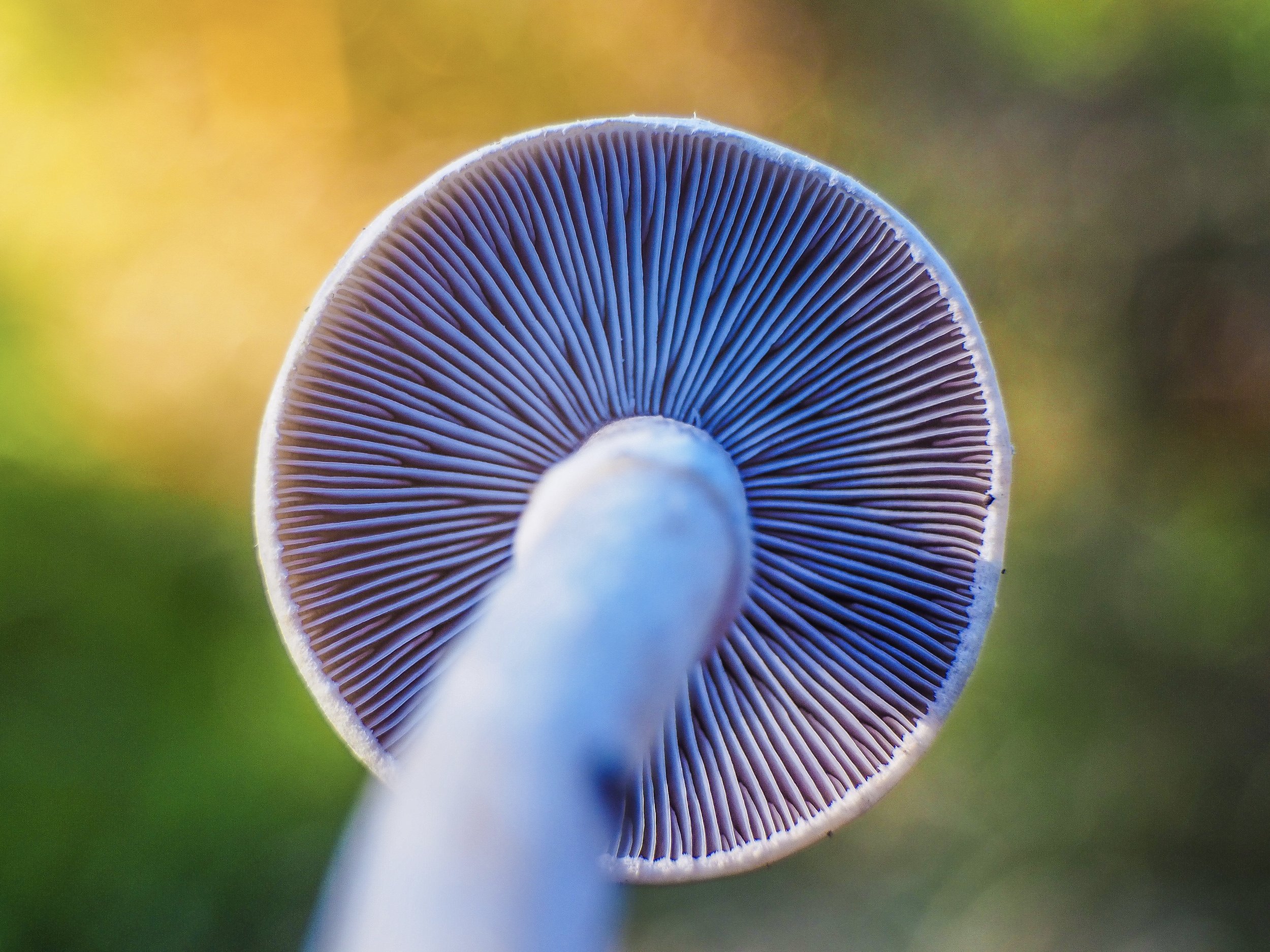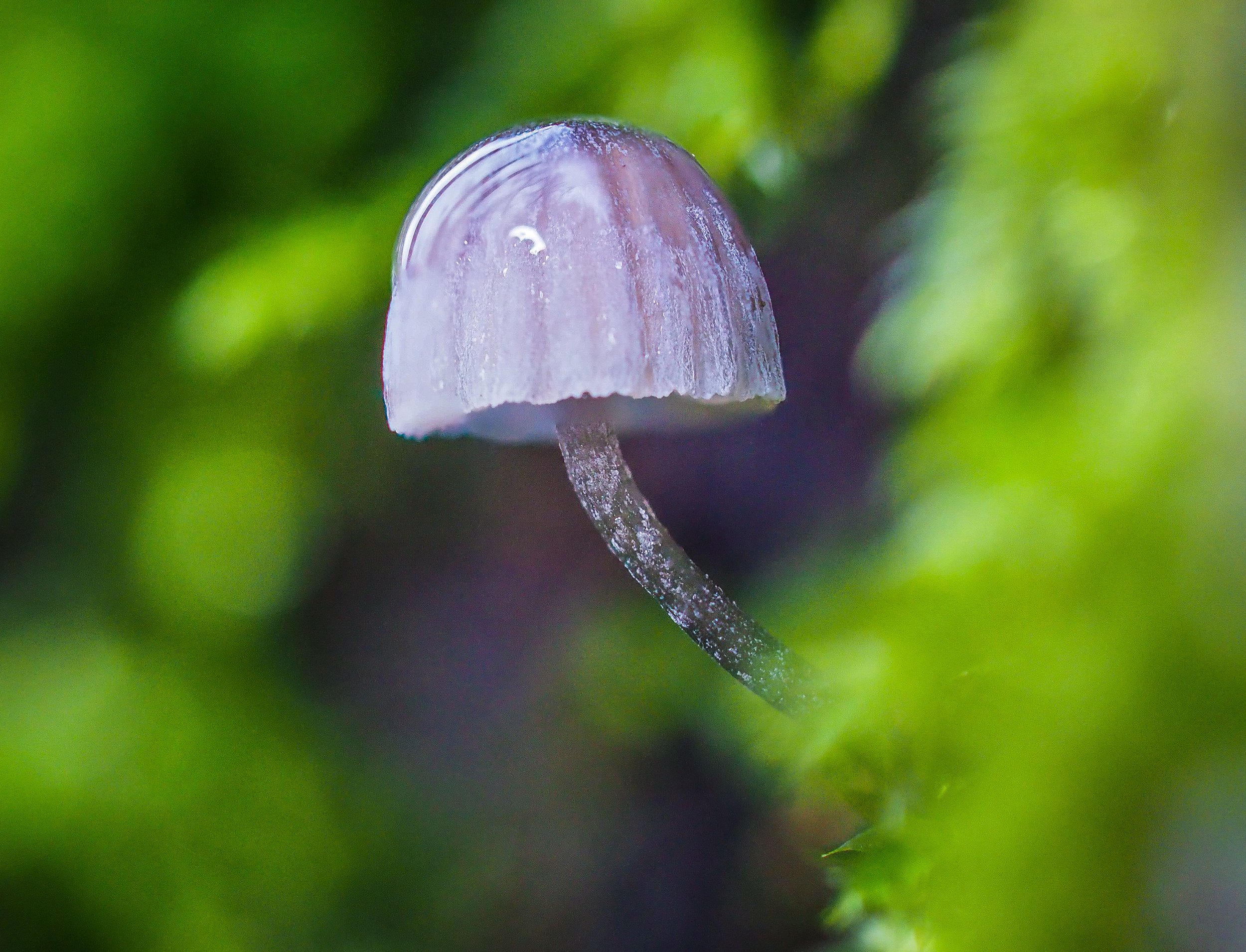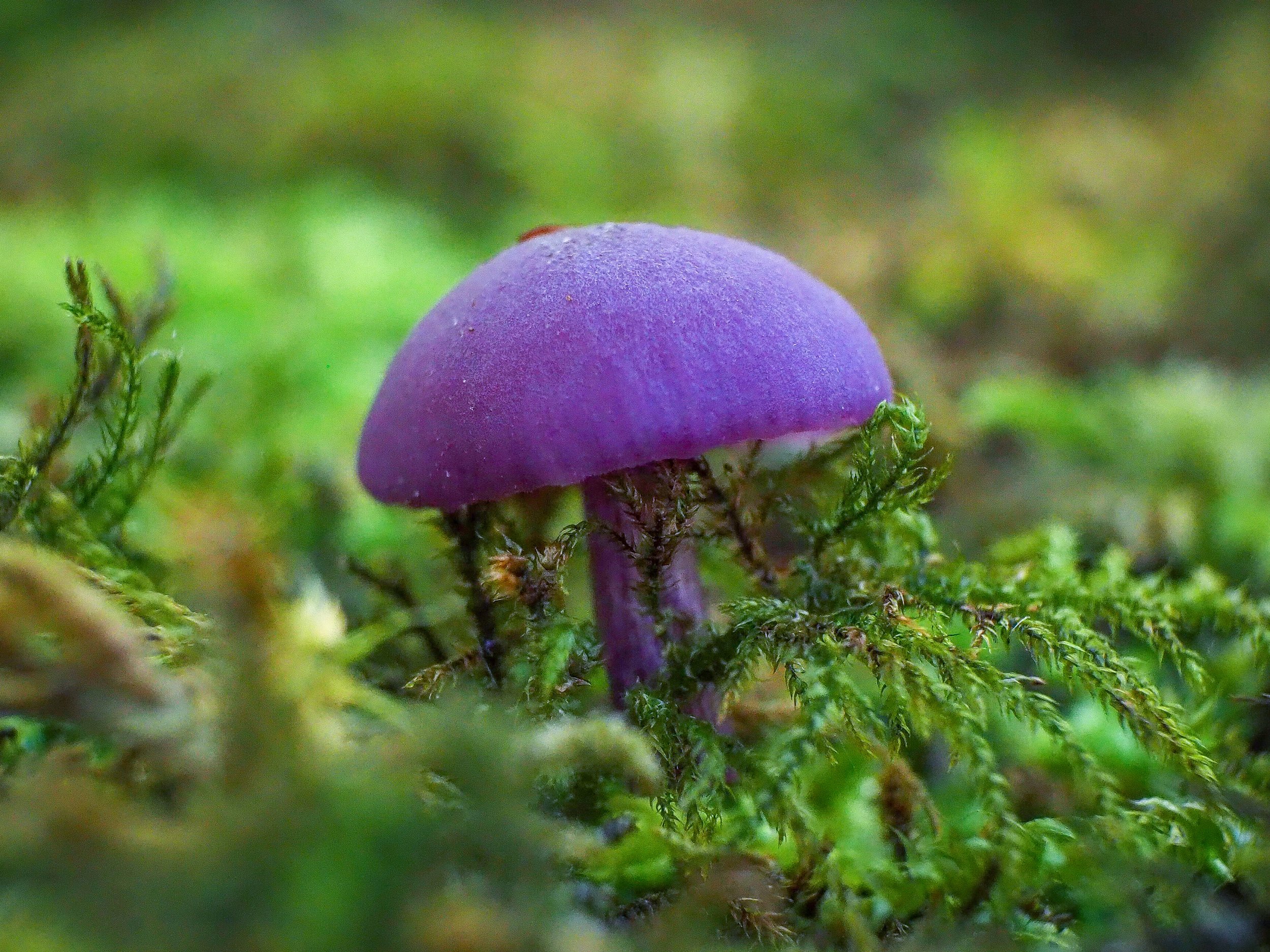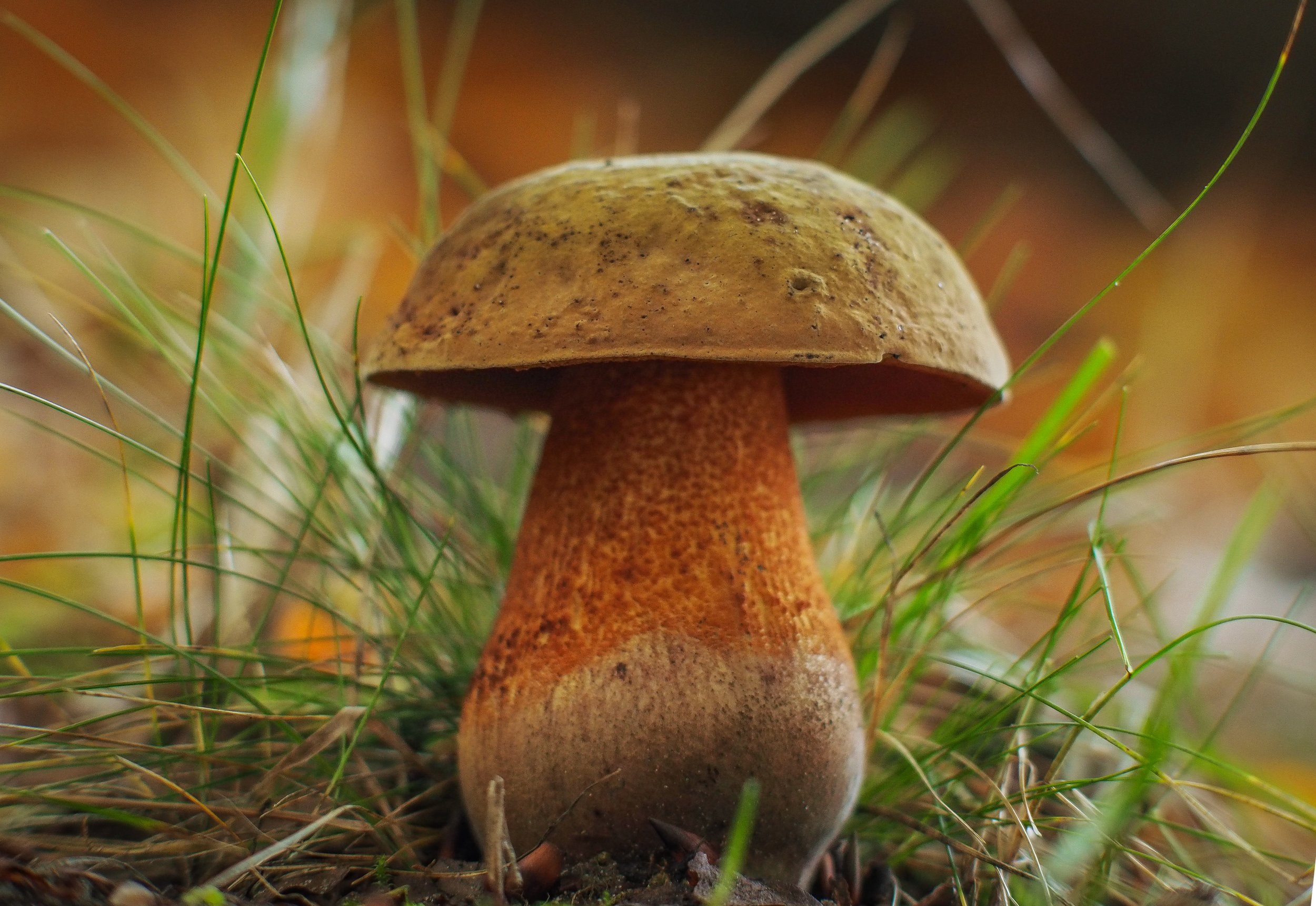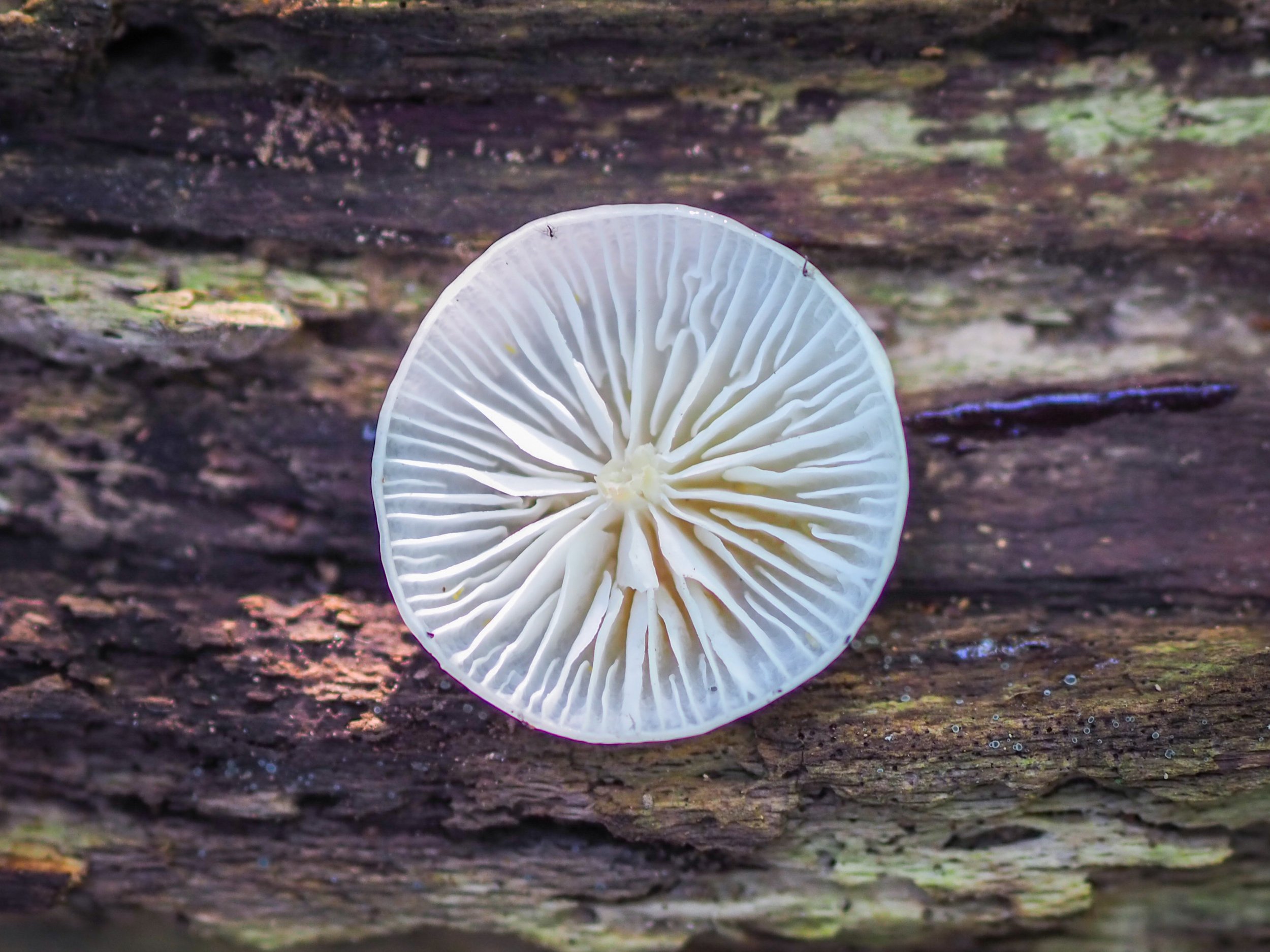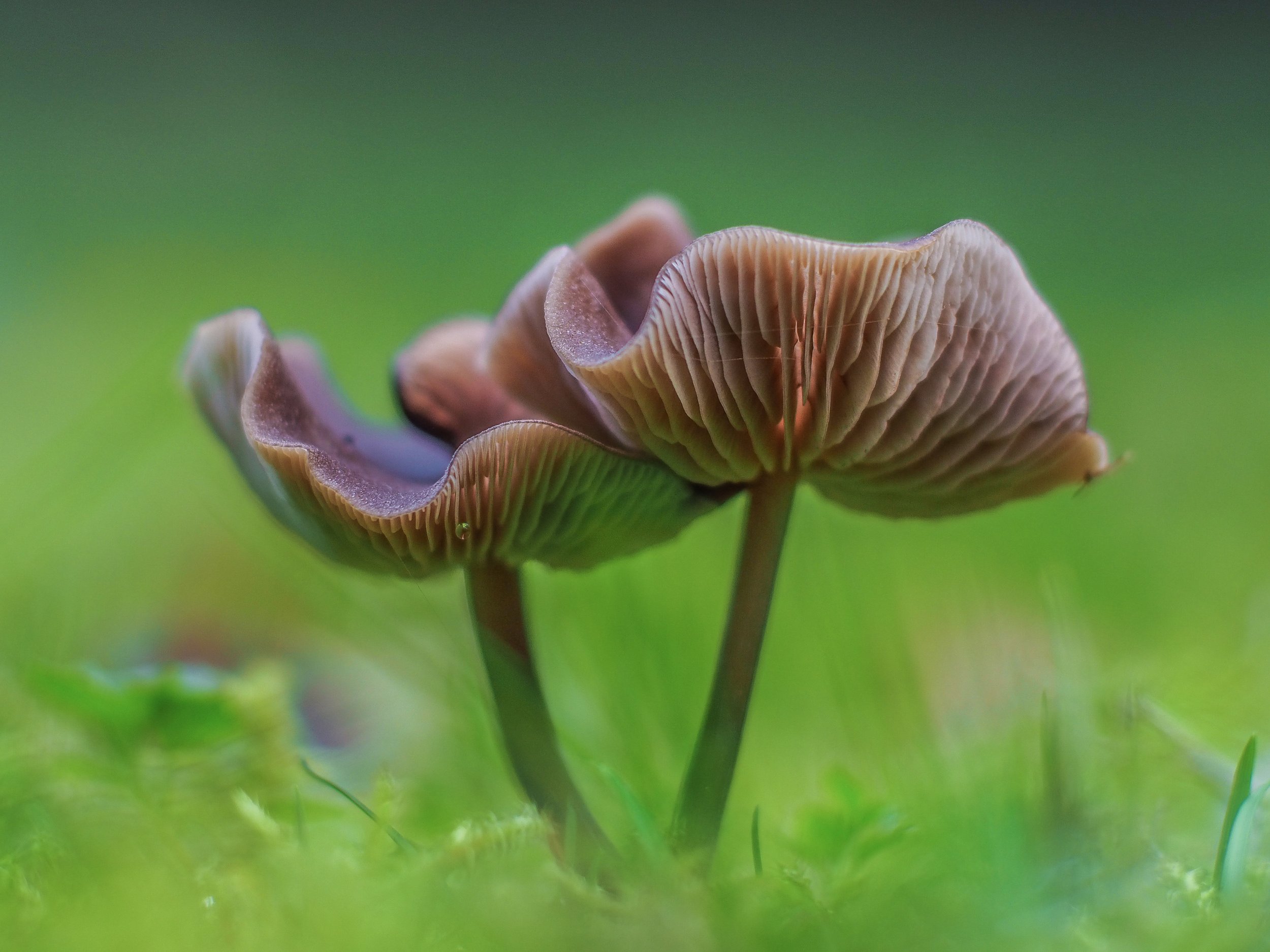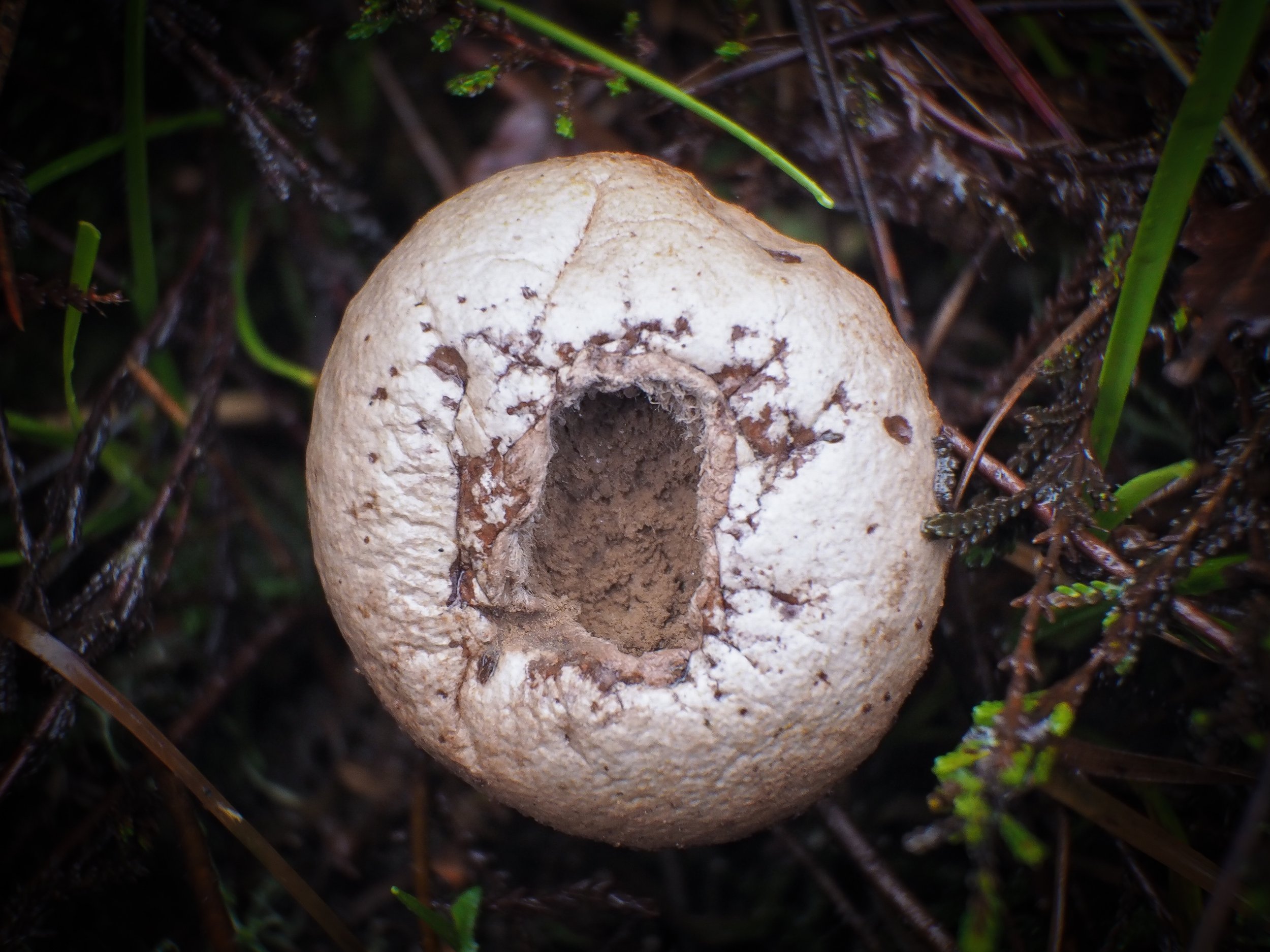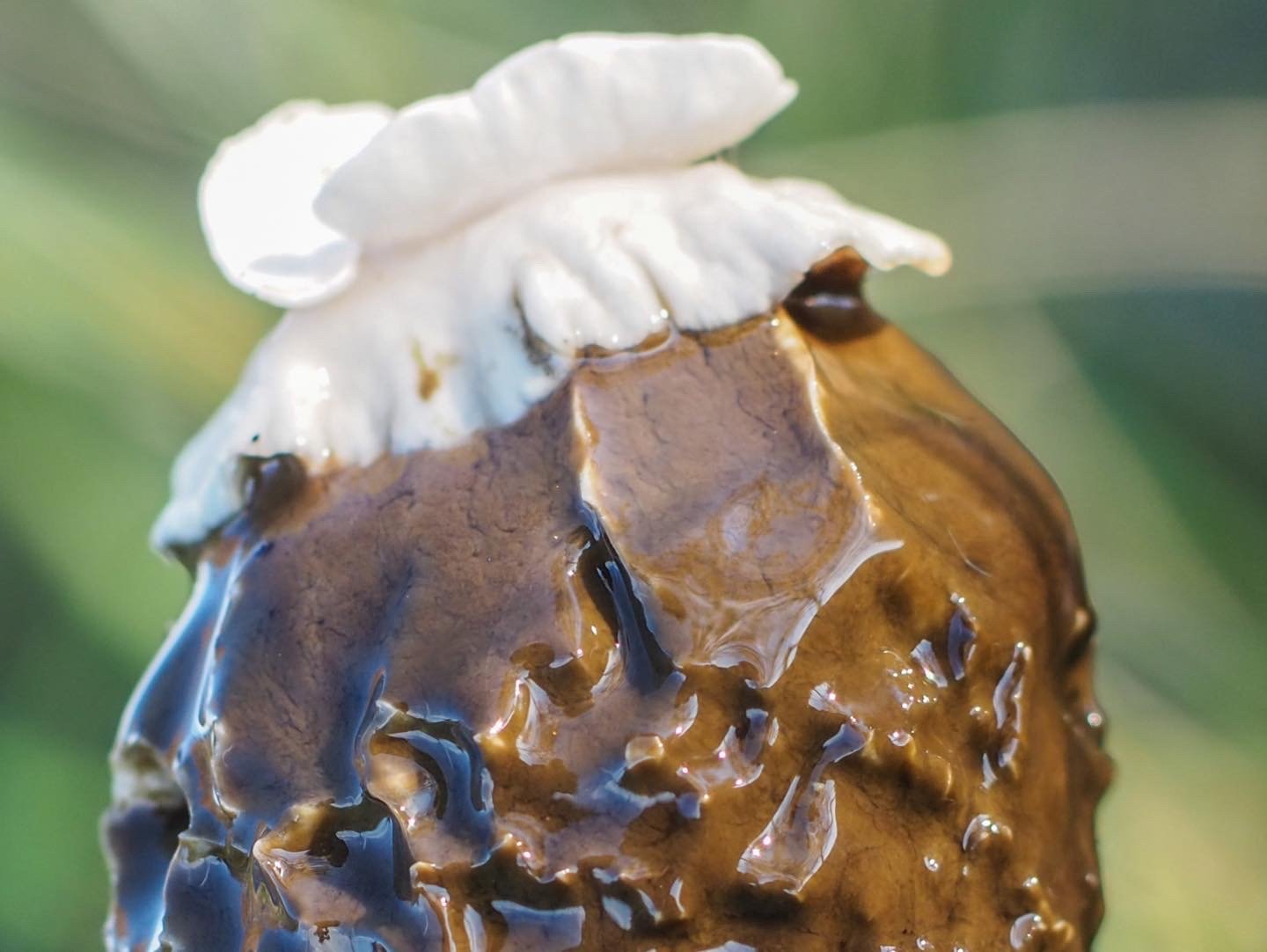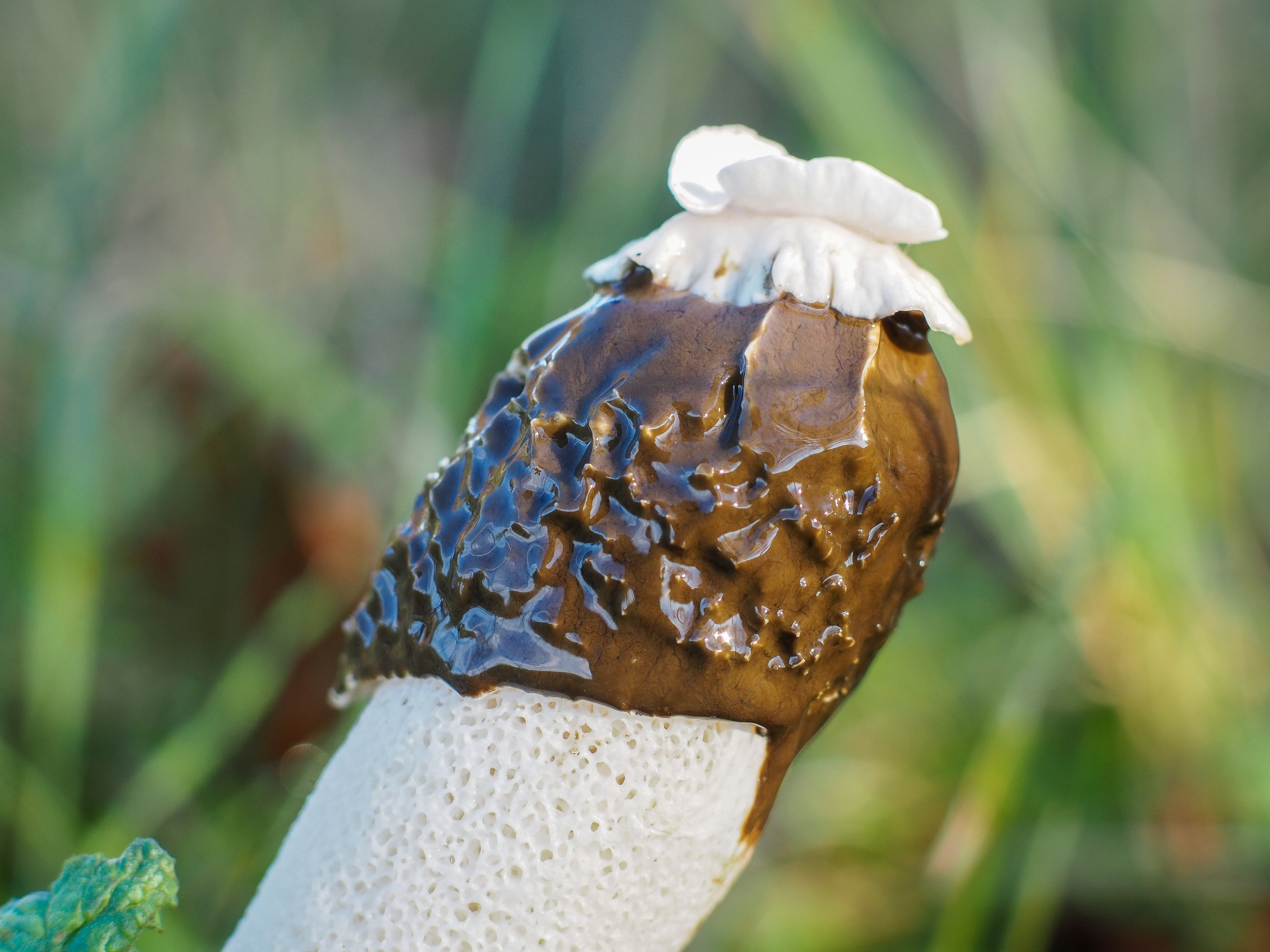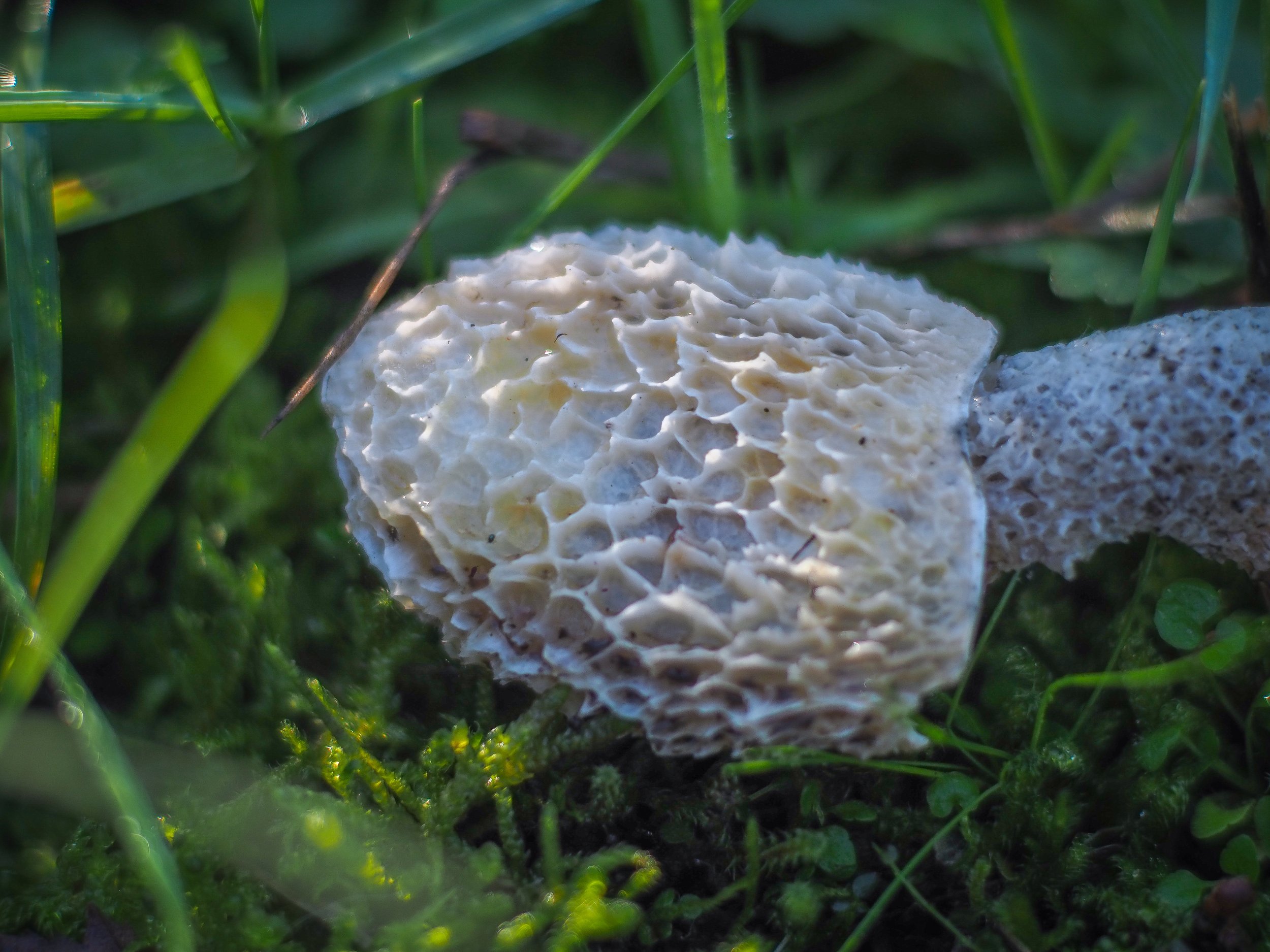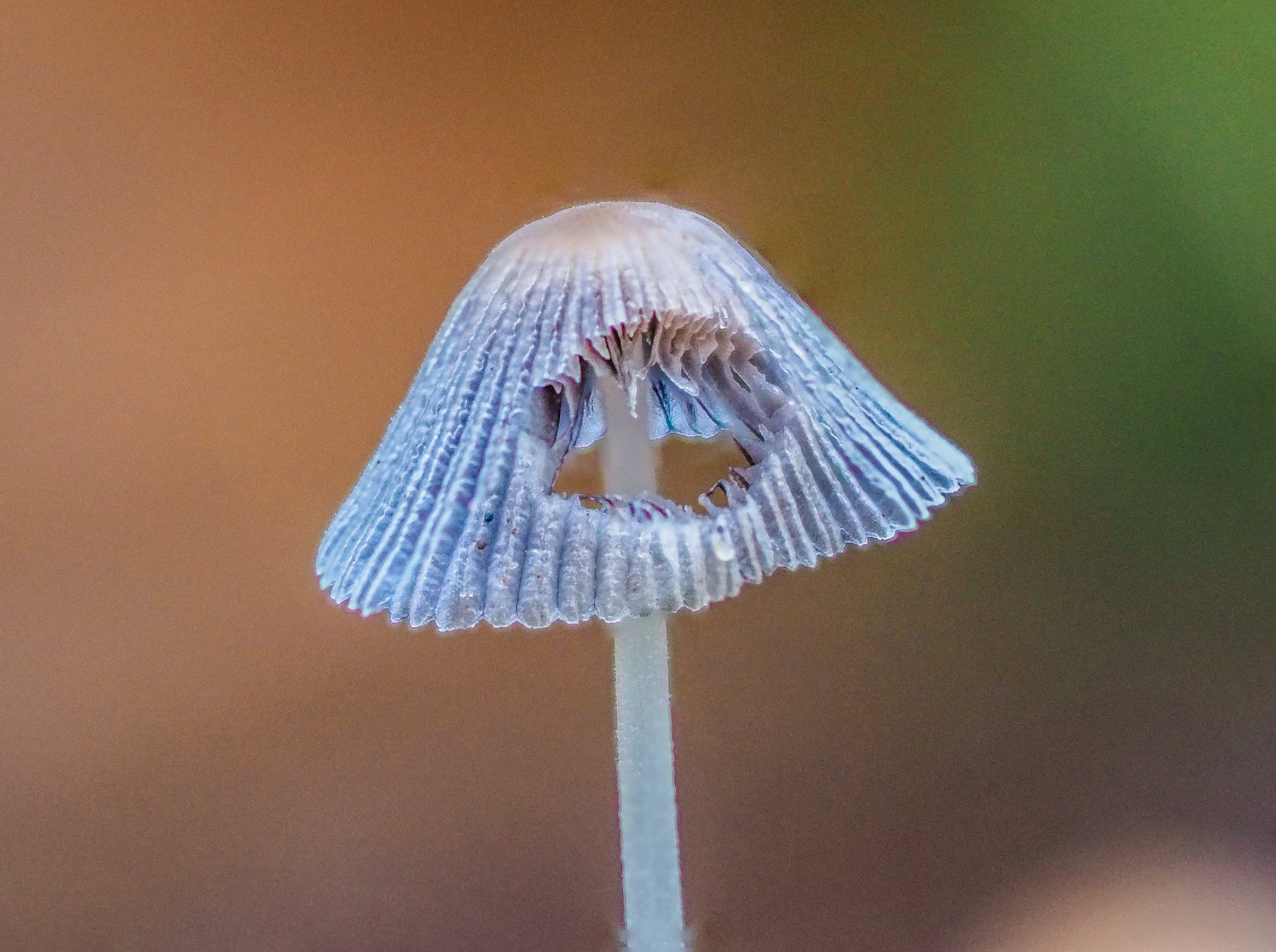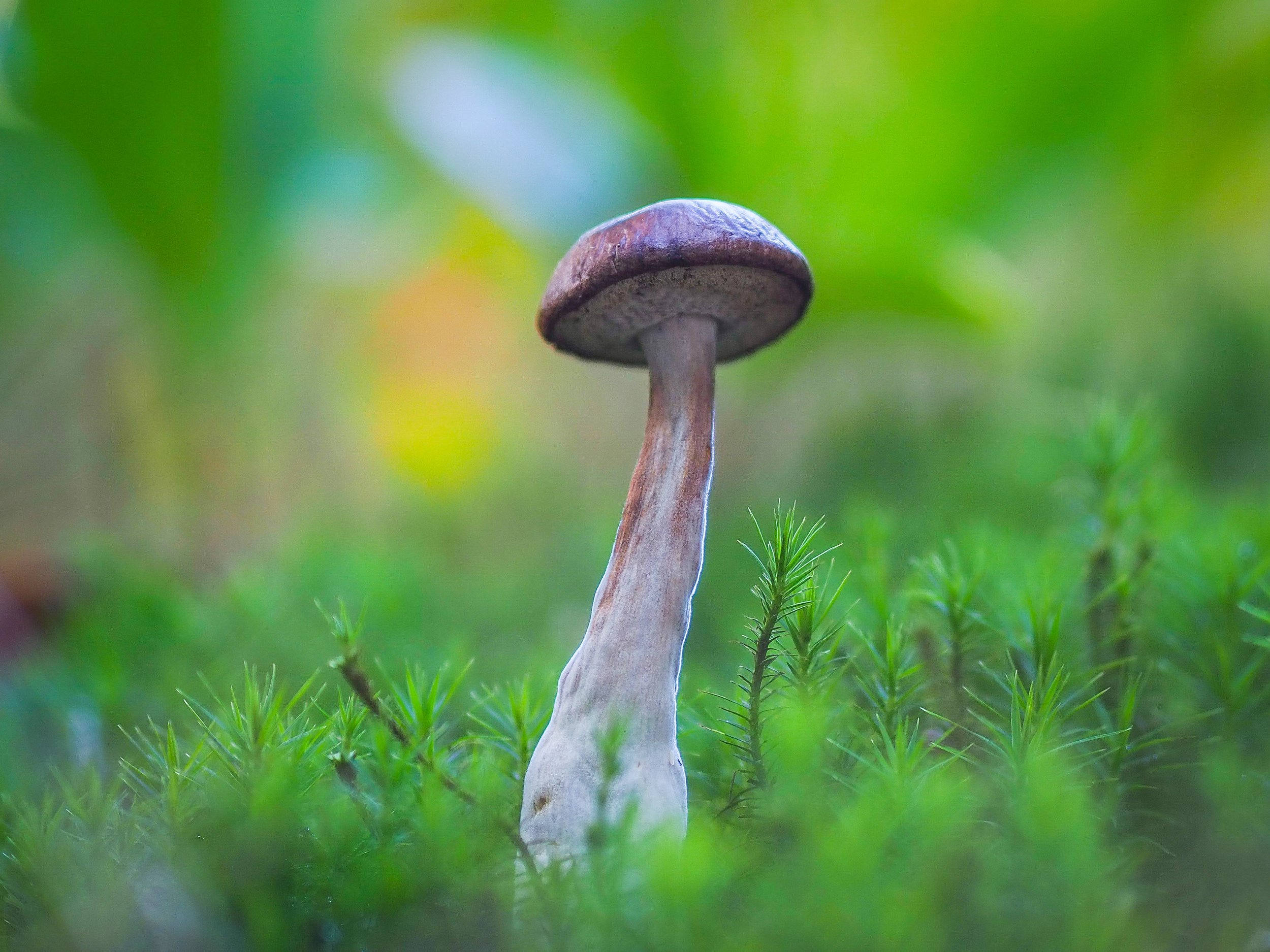Magical Mushroom.
No, I’m not talking about the psychedelic kind, but about the beauty and diversity of fungi. It's easy to get fascinated by mushrooms. With all its shapes, colours and sizes it’s like playing real life Pokemon Go. ‘Gotta catch them all.’
Let’s start with the one everyone knows.
The ‘fly agaric’ or ‘vliegenzwam’ might be the most famous of all, due to the 🍄-emoji.
The fly agaric is part of a rich family called Amanita that consists of over 600 species. Including the most toxic mushroom on the planet: the Death Cap. Below you’ll see two of its brothers, the Blusher mushroom (Parelamaniet) Panther cap (Panteramaniet) and one that resembles them but is actually a Bolete: the Red Cracking Bolete.
Textures.
There are slimy ones and velvety ones, there are hairy ones and cracked ones.
Fifty shares of Purple.
Did you know…
Alle mushrooms are edible, but most types only once. And it will be your last meal. Below Bolete is very toxic. So be very very careful about foraging fungi and taking them back to your kitchen. Also fungi serve an important part in keeping nature healthy, so best to just leave them be.
Pores & Gills. Plaatjes & Buisjes.
By now you’ve seen there are many different types of fungi. A big differentiator is whether they have pores or gills or teeth (!) as their method of spore dispersal. Or use a unique method all together. Spores are basically the seeds of the fungi, and animals, the wind and you with your big feet, will need to carry them around the woods so some of them will germinate, fuse together, and grow into new mycelium. Mycelium is the stuff that makes new mushrooms.
To make a comparison: the mycelium is the tree, the mushrooms are the apples, and the spores created by the mushrooms are the apple seeds.














